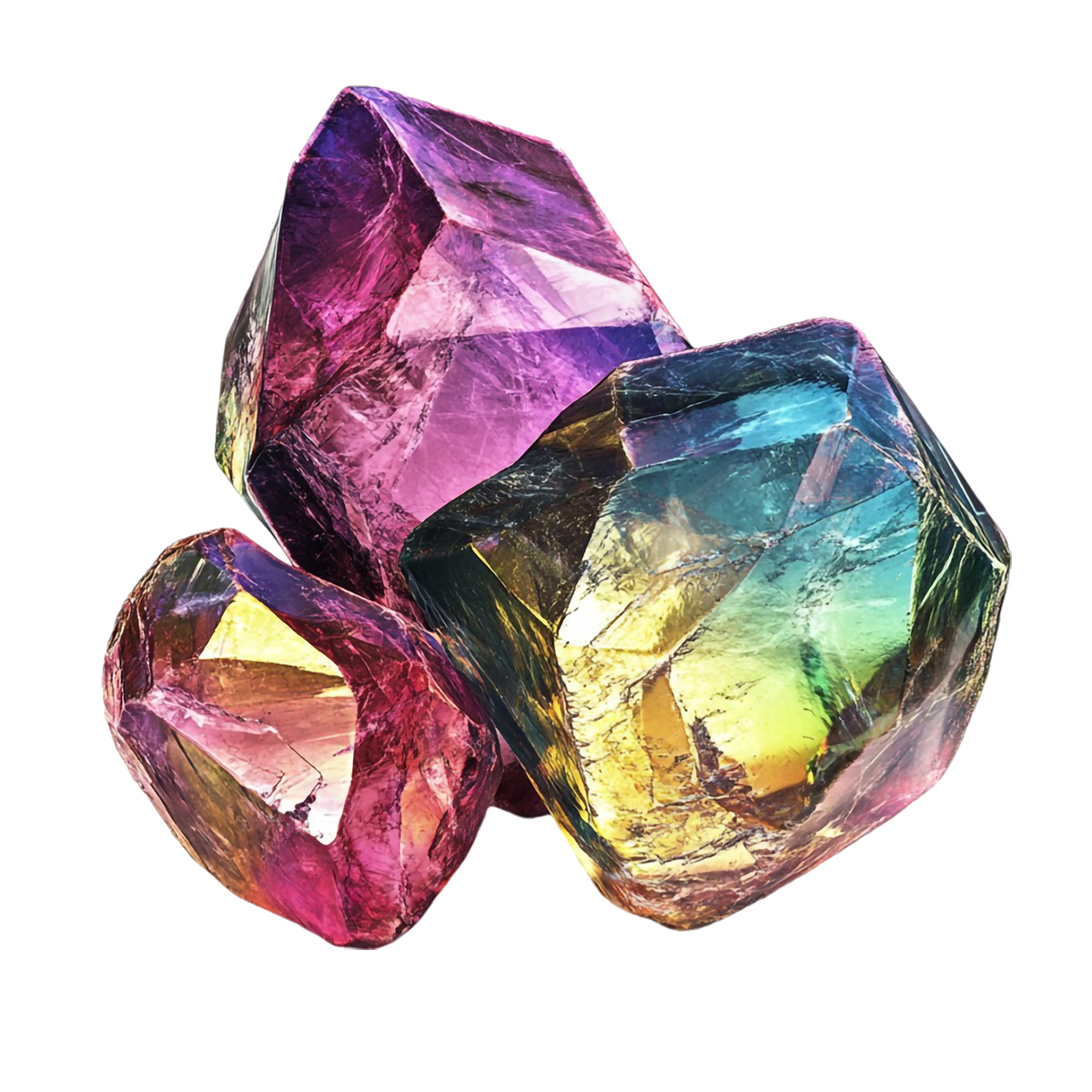Alexandrite is one of those rare gemstones that can change its colour, much like a chameleon. When exposed to sunlight, the gemstone appears in varying shades of green. While exposing the gemstone to incandescent (indoor) lighting, makes it “magically” appear to transform to varying shades of red. Many jewellers have described Alexandrite as a ruby by night and an emerald by day, due to the stones dramatic colour changing effects.
The stone can also appear to have varying shades of green, orange and purplish-red tones, when viewed from the sides. These striking colours are the result of pleochoric effects. But, the pleochoric colour changing effects are not what causes the remarkable colour changes. These changes occur from the unique light-absorbing properties found within the gemstone.
Where Does Alexandrite Come From?
Alexandrite was originally discovered in the Ural Mountains in Russia in the 1830s. It was originally believed this was the only site where the gemstone was found, so it made it very rare and interesting. Later discovers of Alexandrite were made in Brazil, Sri Lanka, Tanzania, Madagascar, and India. However, it is worth mentioning, even with Alexandrite being found in other areas around the world, the deposits of the gemstone are still limited and rare finds.
In fact, stones of 5 carats or more have mostly be found in Russia, with some rare and large stones having also been found in Brazil. In most cases, finding large stones is a very rare occurrence. Most Alexandrite stones are typically 3 carats or less. With there being a limited number of sites and small deposits of the gemstone, it makes Alexandrite a rather unique gemstone.
Why Alexandrite Is Considered a Rare Gemstone.
Alexandrite is in the Chrysoberyl family of gemstones. The reason it is rare is due to the unusual chemical composition of the gemstone, which contributes to its colour changing abilities. Alexandrite is formed when a specific combination of elements combine. Both beryllium and aluminum must be present, as these are responsible for absorbing light and giving the green and red colour changing properties to the stone.
In addition, other elements, in small amounts must also be present and include chromium, titanium, and iron. For rarer Alexandrite formations, sometimes vanadium is also found within the stone. What makes Alexandrite even more special is the fact chromium is a very rare element. Without chromium, there would be no Alexandrite.
If you consider the rarity of chromium, along with the requirement that beryllium and aluminum also be present, so they can combine, and all be found within the ideal conditions to transform into a gemstone, it is easy to see why it is so valuable and rare.
Custom Engagement Rings with Alexandrite
If you are looking to create an original and unique engagement ring for your beloved, choosing rare and unique gemstones, like Alexandrite, , almost guarantees it will be one-of-a-kind. To learn more about Alexandrite or other rare and interesting gemstones you can use to custom design a ring or other jewellery pieces, please feel free to visit our Toronto engagement ring and jewellery store, Serli & Siroan, or call us at 416-944-3863 today!

